Home>Garden Essentials>When To Plant Cosmos Seeds Outside
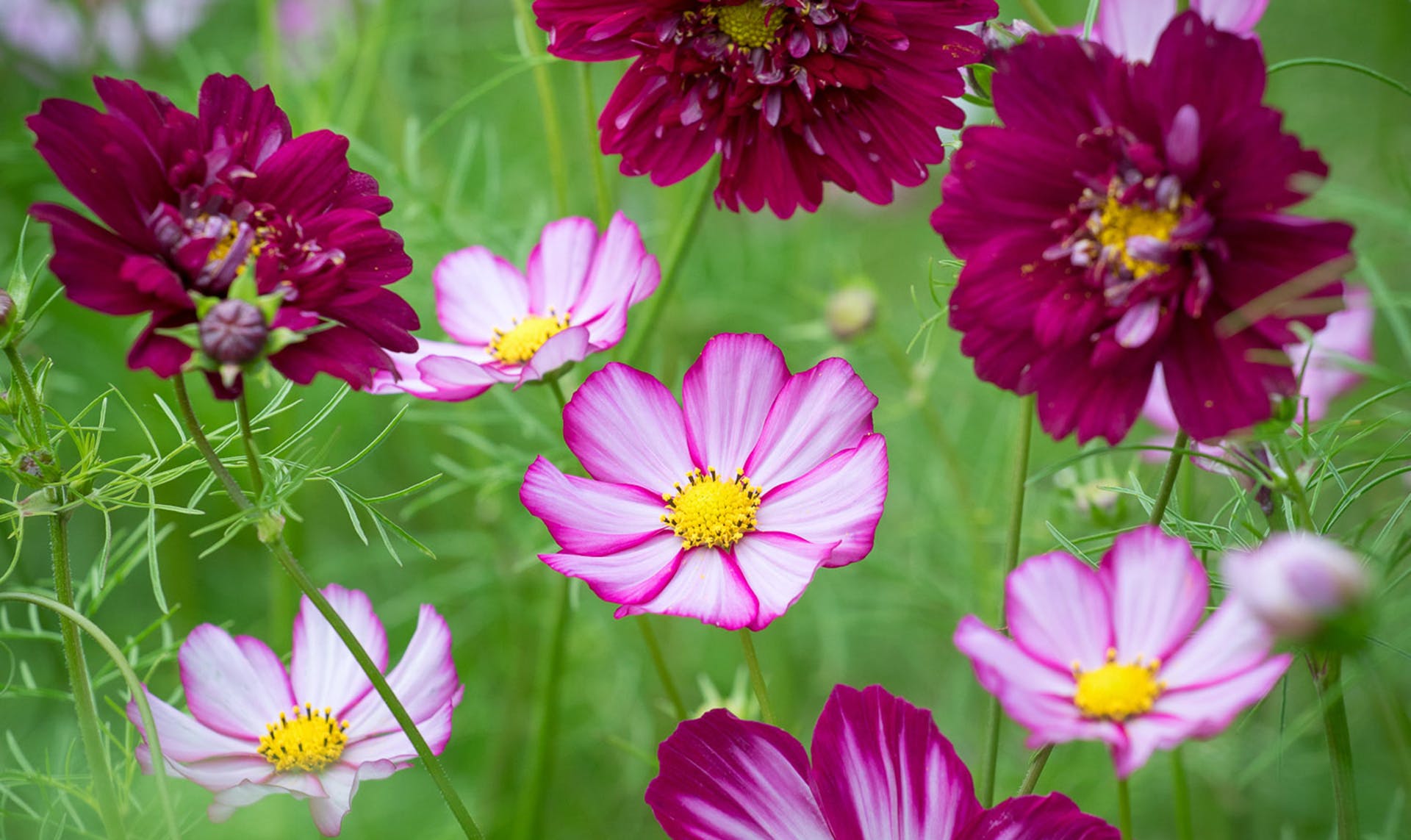

Garden Essentials
When To Plant Cosmos Seeds Outside
Modified: March 15, 2024
Discover the perfect time to plant cosmos seeds in your garden. Learn the best practices for outdoor planting and ensure beautiful, vibrant blooms.
(Many of the links in this article redirect to a specific reviewed product. Your purchase of these products through affiliate links helps to generate commission for Storables.com, at no extra cost. Learn more)
Introduction
Welcome to the wonderful world of cosmos plants! If you’re a gardening enthusiast looking to add some vibrant beauty to your outdoor space, planting cosmos seeds can be a fantastic choice. These lovely flowers are known for their daisy-like blooms and come in a variety of stunning colors, including shades of pink, white, purple, and orange. With their graceful fern-like foliage and ability to attract butterflies and pollinators, cosmos plants can make a stunning addition to any garden.
In this article, we will explore everything you need to know about planting cosmos seeds outside. From understanding the characteristics of cosmos plants to determining the ideal planting time and providing step-by-step guidance, we will equip you with all the knowledge you need to successfully grow this delightful flower variety.
Whether you’re a novice gardener or an experienced green thumb, planting cosmos seeds can be a rewarding and satisfying experience. So, roll up your sleeves, grab your gardening tools, and let’s dive into the wonderful world of cosmos plants!
Key Takeaways:
- Plant cosmos seeds outdoors when the soil temperature reaches 60-70°F, ensuring warm conditions for successful germination and growth. Consider starting seeds indoors if you have a short growing season.
- Provide proper care for cosmos plants by watering regularly, deadheading faded flowers, and addressing common issues like powdery mildew and aphid infestations. Enjoy the vibrant blooms and share seeds with fellow gardeners!
Read more: When To Plant Cosmos Seeds
Understanding Cosmos Plants
Before you start planting cosmos seeds, it’s essential to understand the characteristics of these beautiful plants. Cosmos (Cosmos bipinnatus) belongs to the Asteraceae family and is native to Mexico. These annual flowers have a relatively low maintenance requirement and are known for their drought tolerance, making them suitable for various climates.
Cosmos plants typically grow between 2 to 6 feet in height, depending on the variety. They have feathery, fern-like leaves that add an elegant touch to any garden or landscape. The flowers of cosmos plants are daisy-like, with vibrant colors and a distinctive yellow or dark brown center. They bloom from early summer to fall, providing a long-lasting burst of color to your garden.
One of the greatest appeals of cosmos plants is their ability to attract butterflies, bees, and other beneficial pollinators. They also make excellent cut flowers, with their long stems and vibrant hues brightening up any floral arrangement.
There are several popular varieties of cosmos plants, including:
- Cosmos bipinnatus: This is the most common type of cosmos, with tall stems and colorful flowers. It comes in various shades, including white, pink, and purple.
- Cosmos sulphureus: Also known as sulfur cosmos, this variety has smaller flowers and ranges in colors from yellow to orange and deep red.
- Cosmos atrosanguineus: Commonly known as chocolate cosmos, this unique variety features deep maroon flowers that have a captivating chocolate scent.
- Cosmos caudatus: This variety is known for its long, slender stems and unique, elongated seed heads. It adds an interesting texture to floral arrangements.
By understanding the varieties and characteristics of cosmos plants, you can choose the ones that best suit your garden aesthetic and preferences.
Factors to Consider Before Planting Cosmos Seeds
Before you venture into planting cosmos seeds, there are a few key factors to consider to ensure a successful growing experience. By taking these factors into account, you can create an optimal environment for your cosmos plants to thrive.
1. Sunlight: Cosmos plants are sun-loving flowers and require at least 6 to 8 hours of direct sunlight per day. Make sure you choose a planting location that receives ample sunlight to promote healthy growth and abundant blooming.
2. Soil Quality: Cosmos plants can adapt to various soil types but prefer well-draining soil. They are not particularly picky about soil pH and can tolerate slightly acidic to slightly alkaline conditions. However, it’s best to avoid heavy clay soil, as it can retain too much moisture and lead to root rot. Amend the soil with organic matter, such as compost, to improve its fertility and drainage.
3. Watering: While cosmos plants are drought-tolerant once established, they still require regular watering until they develop a strong root system. Water deeply once a week during dry periods, making sure the soil is evenly moist. Avoid overwatering, as it can lead to root rot and other moisture-related issues.
4. Spacing: Ensure proper spacing between cosmos plants to allow for adequate airflow and prevent overcrowding. Space them at least 12 to 18 inches apart, depending on the variety. This will promote healthy growth and reduce the risk of diseases.
5. Temperature: Cosmos plants thrive in warm temperatures and can tolerate heat well. They are not frost-tolerant, so it’s crucial to wait until the danger of frost has passed before planting cosmos seeds outdoors. The ideal temperature for planting cosmos is around 60 to 70°F (15 to 21°C).
6. Pests and Diseases: While cosmos plants are generally resilient, they can be susceptible to common garden pests such as aphids and spider mites. Keep an eye out for any signs of pest infestations and take appropriate measures, such as using organic insecticides or introducing beneficial insects to control the population. Additionally, provide adequate spacing and proper airflow to prevent diseases like powdery mildew.
7. Companion Planting: Cosmos plants are excellent companions to many other garden plants. Their tall stalks can provide shade and support for shorter plants, while their abundant flowers attract pollinators that help with the overall health of your garden. Consider companion planting with plants such as marigolds, zinnias, and sunflowers to create a visually appealing and beneficial environment.
By considering these factors and making necessary preparations, you can create an ideal growing environment for your cosmos plants, leading to healthy growth, abundant blooms, and a thriving garden.
Ideal Time to Plant Cosmos Seeds Outdoors
The timing of planting cosmos seeds outdoors is crucial for ensuring optimal growth and blooming of these lovely flowers. Cosmos plants are warm-season annuals, meaning they thrive in warm temperatures and cannot withstand frost. Therefore, it’s important to wait until the danger of frost has passed before planting cosmos seeds in the garden.
The ideal time to plant cosmos seeds outdoors varies depending on your location and climate. In general, you should aim to plant cosmos seeds when the soil temperature consistently reaches around 60 to 70°F (15 to 21°C). This typically occurs in late spring or early summer. Keep in mind that cosmos plants require warm soil to germinate and grow successfully.
If you live in a region with a short growing season or cooler temperatures, you can give your cosmos plants a head start by starting the seeds indoors about 4 to 6 weeks before the last expected frost date. Sow the seeds in small containers or seedling trays filled with moist seed-starting mix. Place the containers in a warm area, around 70 to 75°F (21 to 24°C), and provide them with plenty of bright indirect light or grow lights. As the seeds germinate and the seedlings develop, make sure to keep the soil consistently moist but not waterlogged.
Once the danger of frost has passed and the soil has warmed up, you can transplant the young cosmos seedlings into their permanent outdoor location. Harden off the seedlings by gradually exposing them to outdoor conditions over the course of a week. Start by placing them outside in a sheltered spot for a few hours each day, gradually increasing the time and exposure to direct sunlight. This acclimation process helps the plants adjust to the outdoor environment and reduces the risk of transplant shock.
For regions with milder climates or longer growing seasons, direct sowing cosmos seeds outdoors is a viable option. Wait until the soil has warmed up and the threat of frost has passed, then sow the seeds directly into well-prepared soil. Make sure to follow the recommended spacing guidelines for the specific variety you are planting and gently press the seeds into the soil without covering them too deeply.
By planting cosmos seeds at the appropriate time and ensuring warm soil conditions, you’ll give your cosmos plants the best chance of thriving and producing a profusion of beautiful blooms throughout the growing season.
Step-by-Step Guide for Planting Cosmos Seeds Outside
Planting cosmos seeds outside is a straightforward process that can be easily done by following a few simple steps. With proper preparation and care, you’ll soon have a vibrant and colorful cosmos garden. Here’s a step-by-step guide to help you along the way:
- Choose the planting location: Select a sunny spot in your garden that receives at least 6 to 8 hours of direct sunlight each day. Ensure the soil is well-draining, as cosmos plants prefer soil that doesn’t retain excessive moisture.
- Prepare the soil: Clear the planting area of any weeds or debris. Loosen the soil using a garden fork or tiller to a depth of about 6 to 8 inches. Incorporate compost or well-rotted organic matter into the soil to improve fertility and drainage.
- Sow the seeds: If you’re sowing cosmos seeds directly into the ground, create shallow furrows about 1/4 to 1/2 inch deep. Space the furrows according to the recommended spacing for the specific variety you’re planting. Place the seeds about 6 to 12 inches apart within the furrows. Cover the seeds with soil, gently firming it over the top.
- Water the seeds: After sowing the seeds, water the area gently but thoroughly. Be careful not to displace the seeds or wash them away. Maintain consistent moisture in the soil, but avoid overwatering, as it can lead to rotting or damping-off of the seedlings.
- Provide support (optional): If you’re growing taller cosmos varieties, such as Cosmos bipinnatus, it may be beneficial to provide support for the plants. Install stakes or trellises near the seedlings to give them something to lean on as they grow. This will help prevent them from toppling over in strong winds or heavy rain.
- Thin the seedlings: Once the cosmos seedlings have emerged and are a few inches tall, thin them out to ensure proper spacing. Leave the healthiest and strongest seedlings in each planting area, removing any overcrowded or weak ones. This will allow the remaining seedlings to have enough space to grow and thrive.
- Maintain proper care: Water the cosmos plants regularly, keeping the soil consistently moist but not waterlogged. Monitor the plants for any signs of pests or diseases, and take appropriate measures to control them. Apply a balanced fertilizer once a month to promote healthy growth and blooming.
- Enjoy the blooms: With proper care and maintenance, your cosmos plants will start blooming in a few weeks. Enjoy the vibrant and colorful flowers, and don’t forget to cut some for beautiful bouquets.
By following these simple steps, you’ll be on your way to a flourishing cosmos garden. With their stunning blooms and easy cultivation, cosmos plants are sure to bring joy and beauty to your outdoor space.
Plant cosmos seeds outside after the last frost date in your area. They prefer warm soil and full sun. Choose a well-draining location and sow the seeds directly into the soil. Keep the soil moist until the seeds germinate.
Read more: When To Plant Seeds Outside
Caring for Cosmos Plants
Once your cosmos plants are established and growing, it’s important to provide them with proper care to ensure their health and longevity. With a few simple practices, you can enjoy a vibrant and thriving cosmos garden throughout the growing season. Here are some essential care tips:
1. Watering: While cosmos plants are relatively drought-tolerant, regular watering is essential, especially during dry spells. Water deeply once a week, ensuring the soil is evenly moist. Avoid overwatering, as it can lead to root rot and other moisture-related issues. Mulching the soil around the plants can help retain moisture and reduce weed growth.
2. Fertilization: Cosmos plants generally do not require heavy feeding, but applying a balanced granular fertilizer once a month can promote healthy growth and blooming. Look for a fertilizer with equal nitrogen (N), phosphorous (P), and potassium (K) content. Follow the package instructions for application rates based on the size of your cosmos plants.
3. Deadheading: To encourage continuous blooming and tidy up the appearance of your cosmos plants, regularly deadhead faded flowers. Snip off the spent blooms just above a set of healthy leaves or buds. This practice prevents the plants from expending energy on seed production and redirects it to the growth of new flowers.
4. Support for tall varieties: If you’re growing taller cosmos varieties like Cosmos bipinnatus, providing support can prevent them from toppling over in strong winds or heavy rain. Install stakes or trellises near the plants and gently tie the stems to them as they grow taller. This will help keep the plants upright and protect them from damage.
5. Pest and disease control: Cosmos plants are generally resilient and not prone to serious pest or disease issues. However, keep an eye out for common garden pests like aphids, spider mites, and slugs. If you notice any signs of infestation, use organic insecticides or introduce beneficial insects like ladybugs and lacewings to control the population. Proper spacing and good airflow can also prevent diseases like powdery mildew. If necessary, treat powdery mildew with organic fungicides or remove affected plant parts promptly.
6. Staking: In addition to providing support for taller varieties, you may also need to stake certain cosmos plants that have weak or floppy stems. Use bamboo stakes or other supportive materials to gently prop up the stems and prevent them from bending or breaking.
7. Regular inspections: Regularly inspect your cosmos plants for any signs of stress or problems. Look for yellowing leaves, wilting, or discoloration, which may indicate nutrient deficiencies or watering issues. Promptly address any concerns to keep your plants healthy and thriving.
8. Enjoy the beauty: Lastly, take the time to appreciate the beauty and vibrant colors of your cosmos plants. These flowers attract pollinators like butterflies and bees, so sit back and enjoy the lively activity they bring to your garden.
By following these care tips, you can ensure the health and beauty of your cosmos plants and enjoy their stunning blooms throughout the growing season.
Common Issues and Troubleshooting
While cosmos plants are generally hardy and resilient, they may still encounter some common issues or face challenges during their growth. By being aware of these potential problems and knowing how to address them, you can ensure the health and vitality of your cosmos garden. Here are some common issues you may encounter and troubleshooting tips:
1. Powdery Mildew: Powdery mildew is a fungal disease that can affect cosmos plants, especially during prolonged periods of high humidity or poor air circulation. It appears as a white powdery growth on the leaves, stems, and flowers. To prevent powdery mildew, ensure proper spacing between plants for adequate airflow, avoid overhead watering, and remove any affected plant parts promptly. If necessary, treat with organic fungicides labeled for powdery mildew control.
2. Aphid Infestation: Aphids are small sap-sucking insects that can cluster on the stems and undersides of leaves, causing stunted growth and distorted foliage. Use a strong stream of water to dislodge aphids from the plants or apply insecticidal soap or neem oil to control the infestation. Introducing beneficial insects like ladybugs or lacewings can also help keep aphid populations in check.
3. Spider Mites: Spider mites are tiny pests that feed on the plant sap, causing yellowing leaves and webbing on the foliage. Spray the underside of affected leaves with a forceful stream of water to dislodge the mites. Alternatively, use insecticidal soap or neem oil to control them. Maintaining adequate humidity levels can discourage spider mite infestations.
4. Floppy Stems: Some cosmos varieties, especially those with tall or weak stems, may require staking to prevent them from flopping over. Use bamboo stakes or other supportive materials to gently tie the stems to provide support. This will help keep the plants upright and prevent damage.
5. Yellowing Leaves: Yellowing leaves can be a sign of nutrient deficiencies or overwatering. Check the soil moisture levels and adjust watering accordingly. If necessary, apply a balanced fertilizer to provide necessary nutrients to the plants. Iron or magnesium deficiencies can cause interveinal yellowing, which may require specific foliar sprays or amendments to correct.
6. Lack of Blooming: If your cosmos plants are not blooming, it may be due to various factors, including inadequate sunlight, improper nutrition, or overcrowding. Ensure your plants are receiving at least 6 to 8 hours of direct sunlight per day, and provide them with regular fertilization using a balanced fertilizer. Thinning overcrowded plants can also improve air circulation and promote blooming.
7. Excessive Seed Production: If you notice that your cosmos plants are producing an abundance of seeds, it may divert energy away from flower production. To encourage continuous blooming, practice regular deadheading by removing faded flowers before they go to seed. This redirects the plant’s energy towards producing more blooms rather than seed production.
8. Environmental Stress: Extreme heat, drought, or heavy rainfall can cause stress to cosmos plants. Provide consistent watering during dry spells and ensure proper drainage to prevent waterlogging. Consider using mulch to regulate soil temperature and conserve moisture. If extreme weather conditions persist, providing temporary shade or cover can help protect the plants.
By being vigilant and taking appropriate measures, you can address these common issues and ensure the health and vitality of your cosmos plants. Regular monitoring and timely action will go a long way in maintaining a thriving and beautiful cosmos garden.
Harvesting Cosmos Seeds
Harvesting cosmos seeds is a rewarding process that allows you to save seeds for future planting or share them with fellow gardening enthusiasts. Cosmos plants produce seeds in abundance, and collecting them is relatively simple. Here’s a step-by-step guide to help you harvest cosmos seeds:
1. Wait for the right time: Allow the cosmos flowers to fully mature on the plants before harvesting the seeds. The flower heads will start to dry out and turn brown when they are ready for seed collection. This usually occurs towards the end of the growing season, typically in late summer or fall.
2. Prepare the harvesting tools: Get a clean, dry container or paper bag to collect the seeds. You may also want to have some labeled envelopes or seed packets ready for storing the seeds once they have been harvested.
3. Harvest the seed heads: Carefully cut or snap off the dried flower heads from the cosmos plants. Try to choose flower heads that are fully dry and brown but not yet brittle. Place the harvested seed heads in the container or paper bag to avoid losing any seeds.
4. Remove the seeds: Once you have collected the seed heads, it’s time to separate the seeds from the rest of the plant material. Hold the seed head over a clean, dry surface and gently rub or shake it to release the seeds. You can also use your fingers to pluck the seeds from the seed heads.
5. Clean the seeds: After separating the seeds, it’s a good idea to clean them to remove any remaining debris or plant material. You can do this by gently blowing on the seeds or using a fine-mesh sieve to sift and separate the seeds from the unwanted material.
6. Drying the seeds: Place the cleaned seeds on a clean, dry surface or a tray lined with paper towels. Leave them to air dry in a cool, well-ventilated area for about a week or until they are fully dry. Make sure the seeds are completely dry before storing them to prevent mold or moisture-related issues.
7. Storing the seeds: Once the cosmos seeds are thoroughly dried, transfer them to labeled envelopes or seed packets. Store the seeds in a cool, dry place, such as a pantry or a seed storage container. Make sure to label the packets with the variety and the harvest date for future reference.
8. Sharing and further use: If you have an abundance of cosmos seeds, consider sharing them with fellow gardeners or saving them for future planting. Packed properly and stored in ideal conditions, cosmos seeds can remain viable for several years.
Harvesting cosmos seeds not only provides you with an opportunity to continue growing these beautiful flowers but also allows you to share your gardening success with others. Enjoy the process and the rewards of collecting and saving your own cosmos seeds.
Conclusion
Planting and growing cosmos plants can be a delightful experience for both experienced gardeners and beginners alike. These beautiful flowers, with their vibrant colors and graceful foliage, bring charm and elegance to any garden or outdoor space. By understanding the characteristics of cosmos plants and providing them with the proper care, you can enjoy a bountiful display of blooms throughout the growing season.
In this article, we’ve explored the various aspects of planting cosmos seeds outside. We’ve covered important considerations before planting, such as sunlight, soil quality, and watering needs. We’ve also discussed the ideal time for planting cosmos seeds and provided a step-by-step guide to help you through the process. Additionally, we’ve shared valuable tips for caring for cosmos plants, troubleshooting common issues, and harvesting seeds for future planting.
With their ability to attract butterflies and other pollinators, cosmos plants not only bring beauty but also contribute to a healthy garden ecosystem. Their versatility makes them suitable for a wide range of gardens, whether as standalone plants, borders, or mixed into flower beds.
Whether you’re creating a colorful cottage garden, a butterfly sanctuary, or simply adding some vibrant pops of color to your landscape, cosmos plants can be the perfect choice. With minimal maintenance and their ability to thrive in various conditions, cosmos plants allow both seasoned gardeners and enthusiastic beginners to enjoy the rewards of a beautiful and flourishing garden.
So, get your hands dirty, sow some cosmos seeds, and embark on a journey of color, fragrance, and joy. Watch as your cosmos plants grow, bloom, and bring life to your garden.
Remember, gardening is a transformative experience that not only enhances the beauty of your surroundings but also nourishes your soul. Embrace the process, learn as you go, and revel in the beauty that cosmos plants bring to your outdoor oasis. Happy gardening!
Frequently Asked Questions about When To Plant Cosmos Seeds Outside
Was this page helpful?
At Storables.com, we guarantee accurate and reliable information. Our content, validated by Expert Board Contributors, is crafted following stringent Editorial Policies. We're committed to providing you with well-researched, expert-backed insights for all your informational needs.
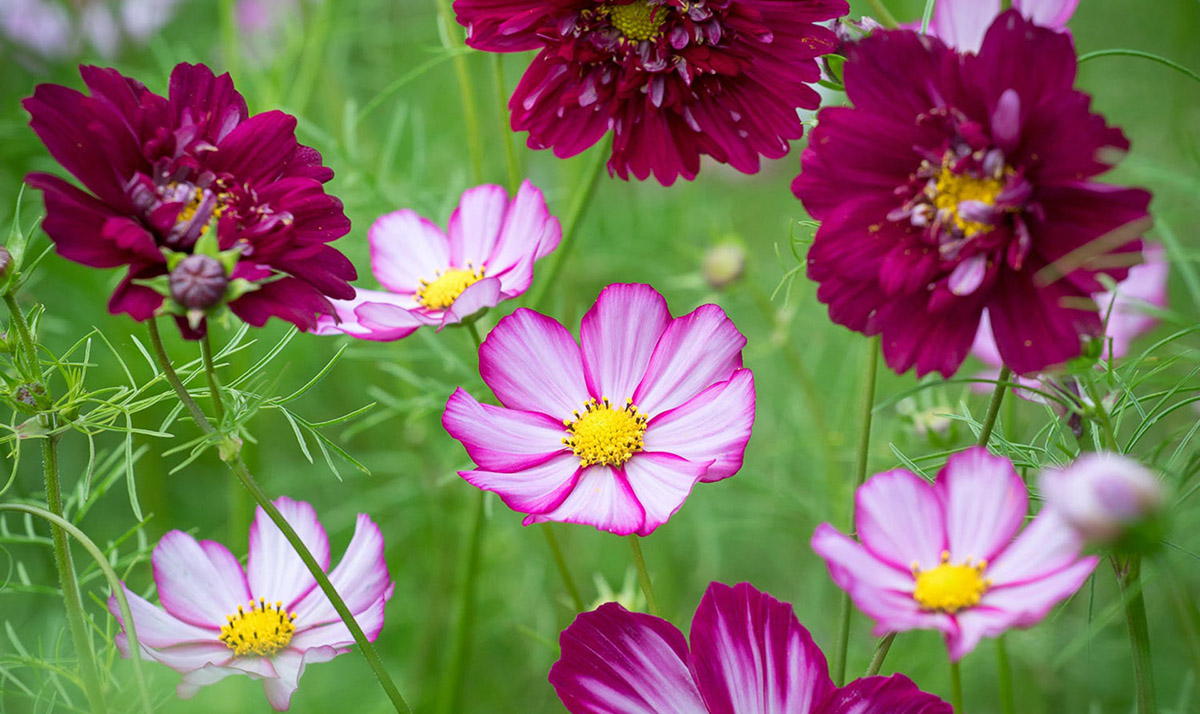
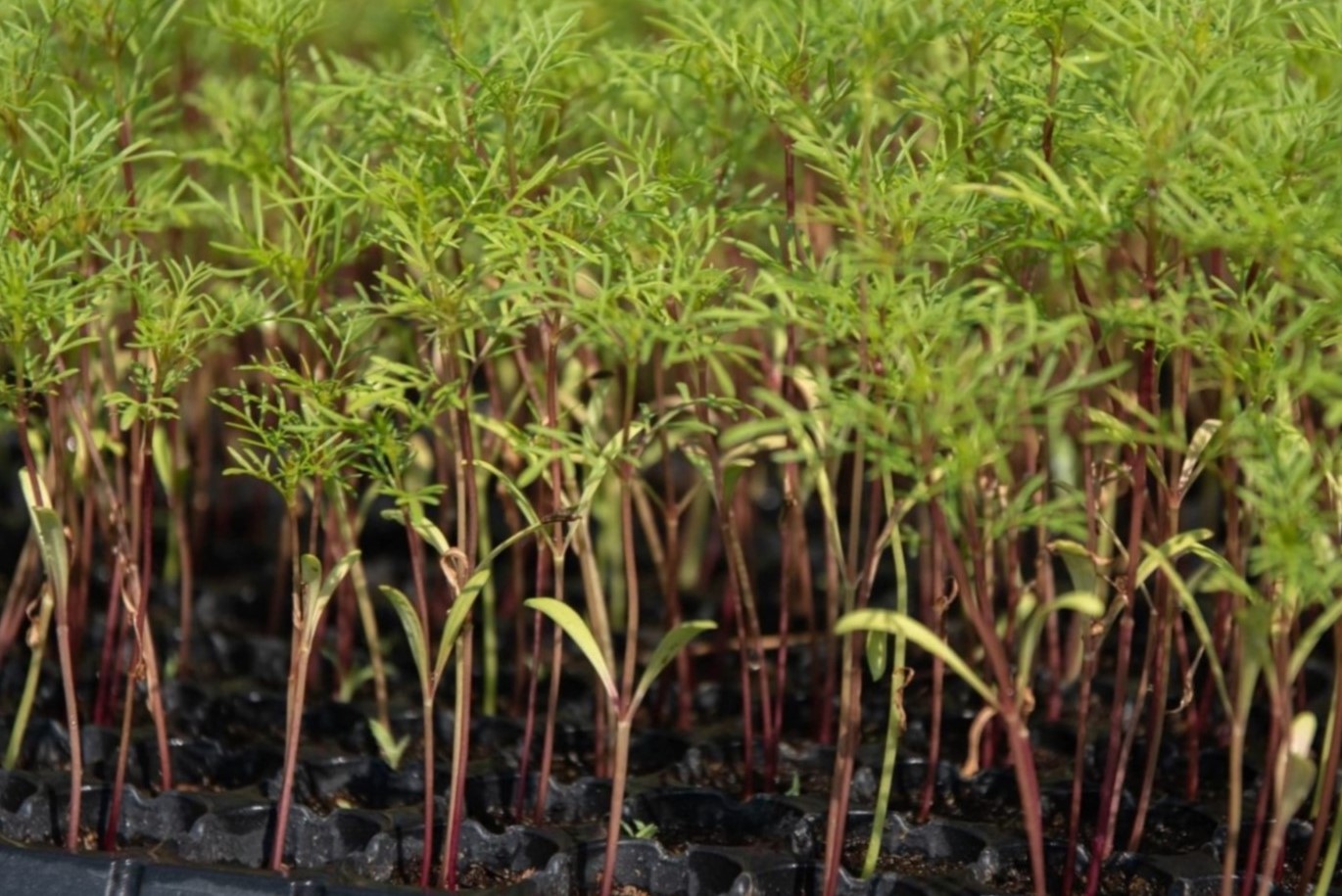


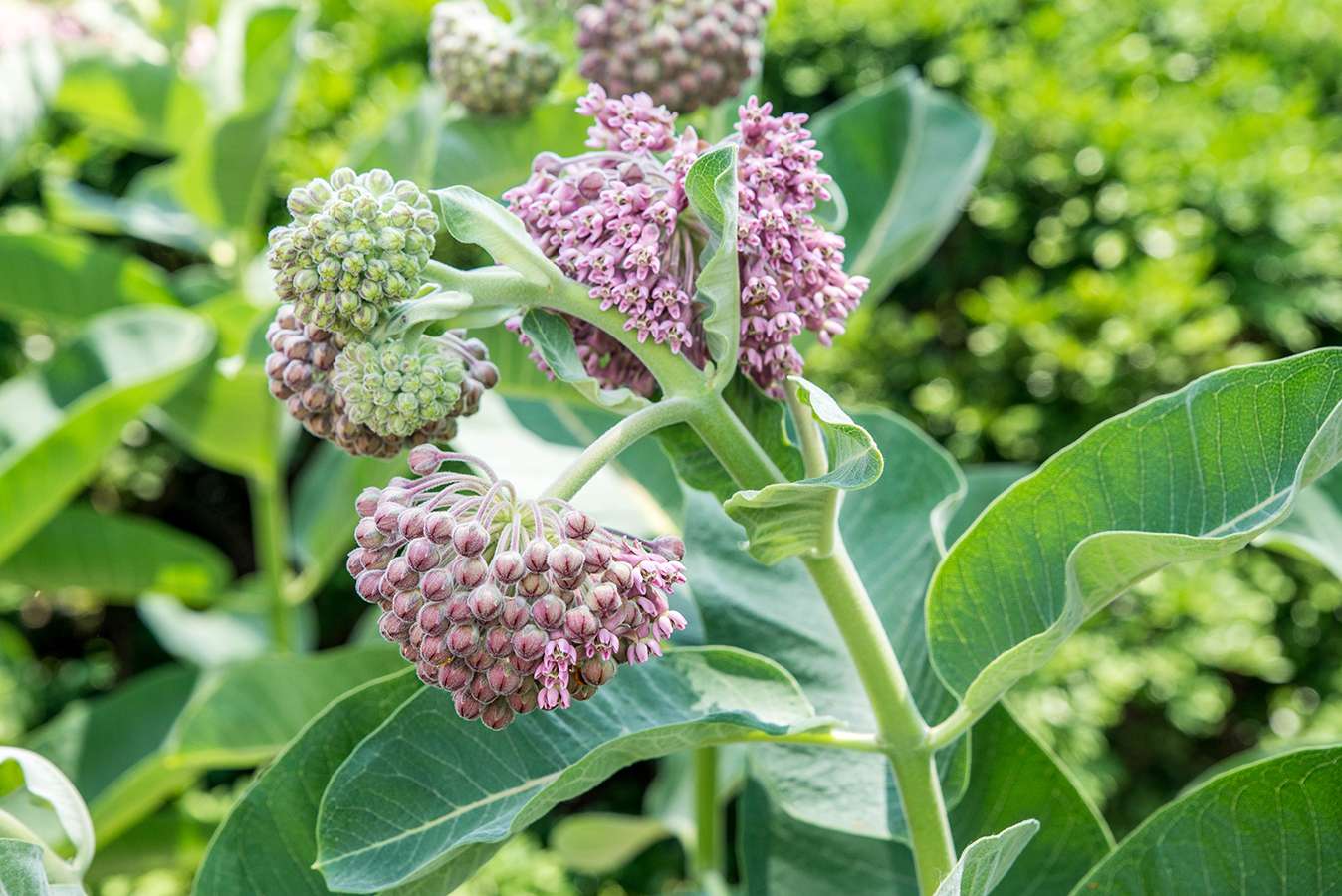
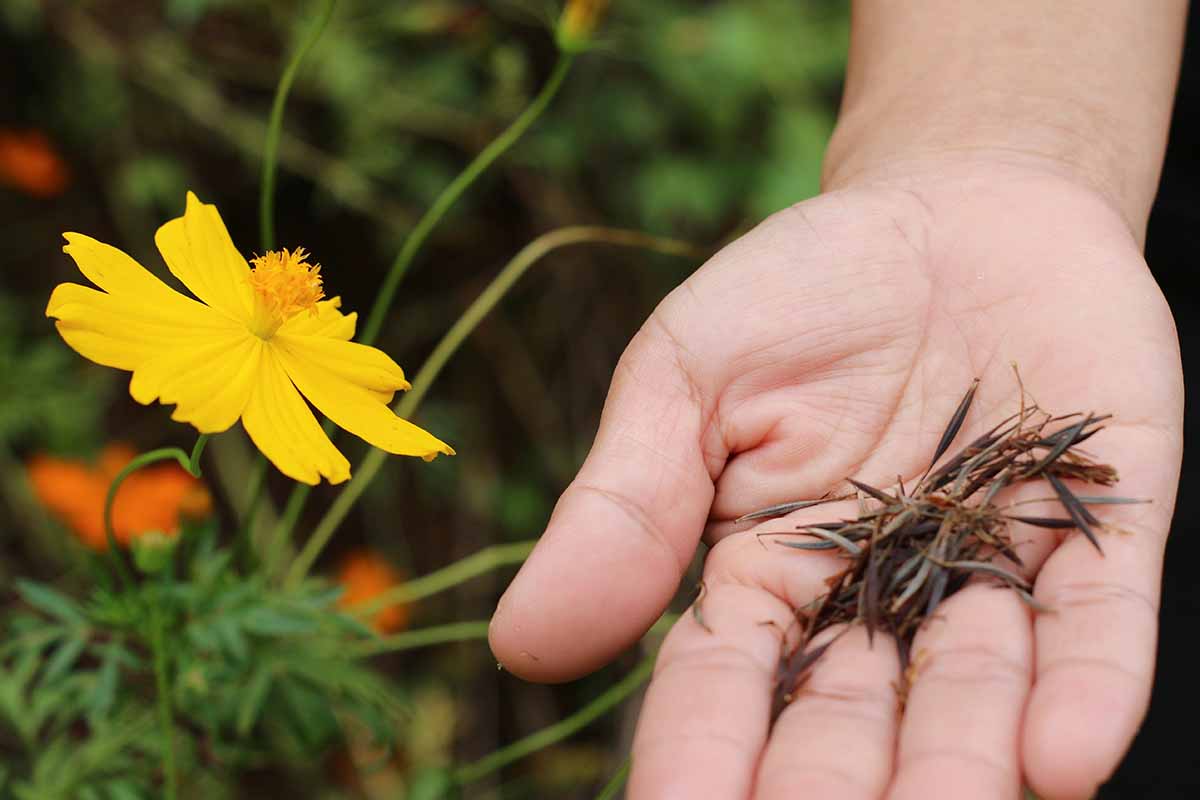
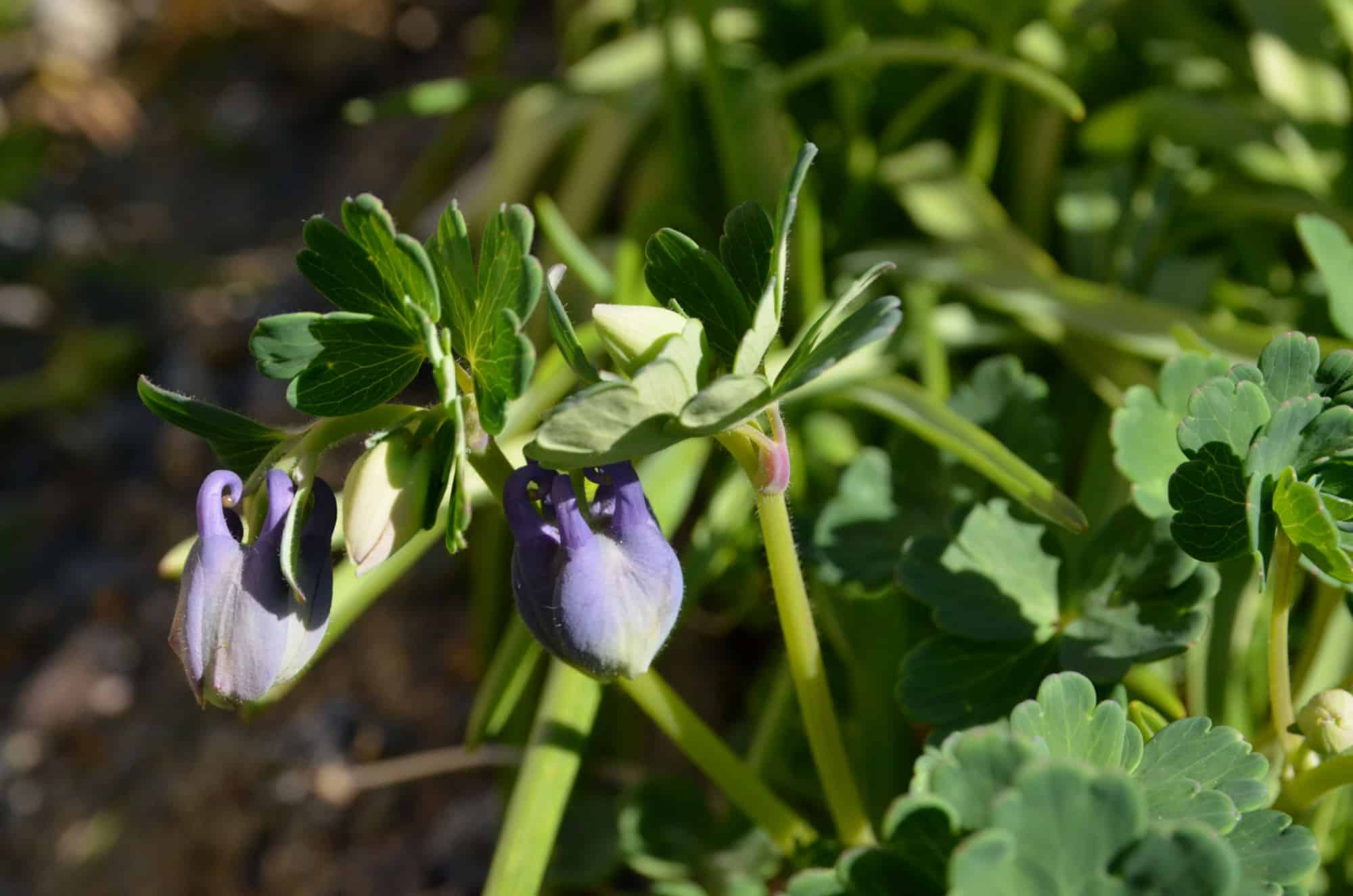
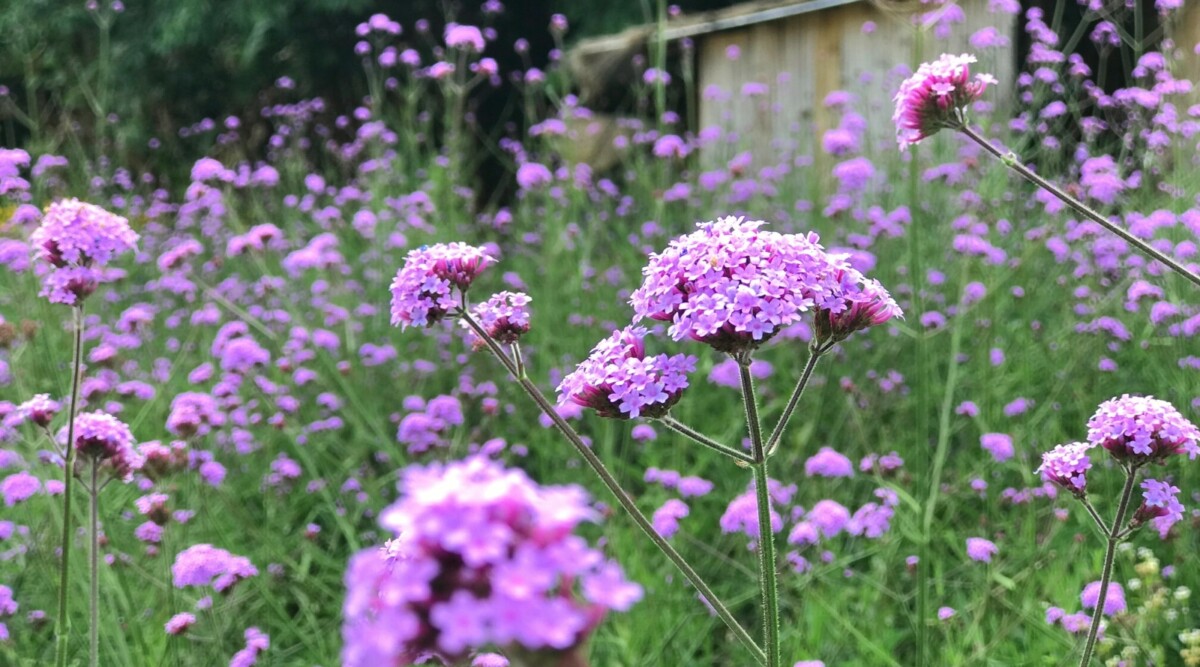

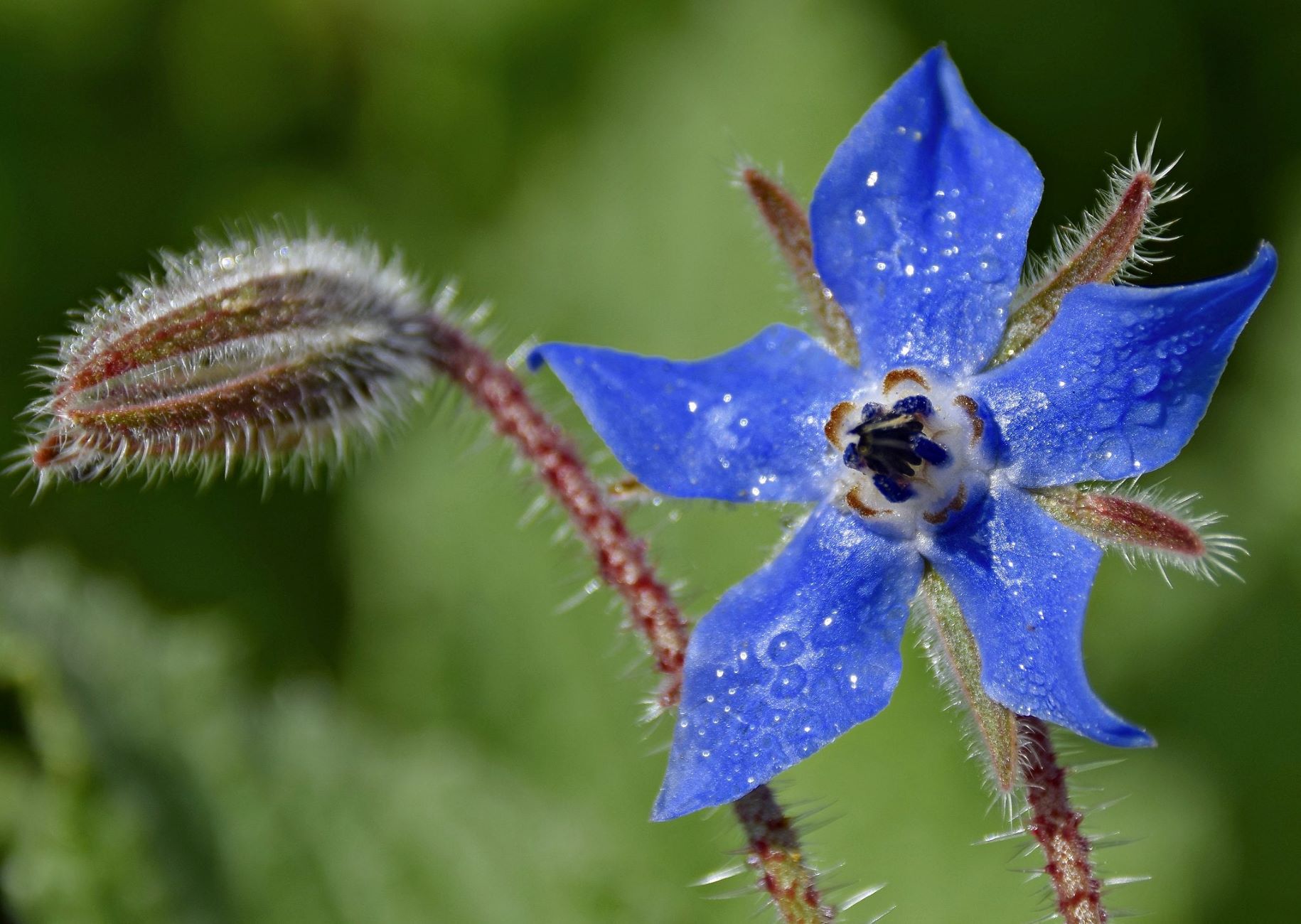
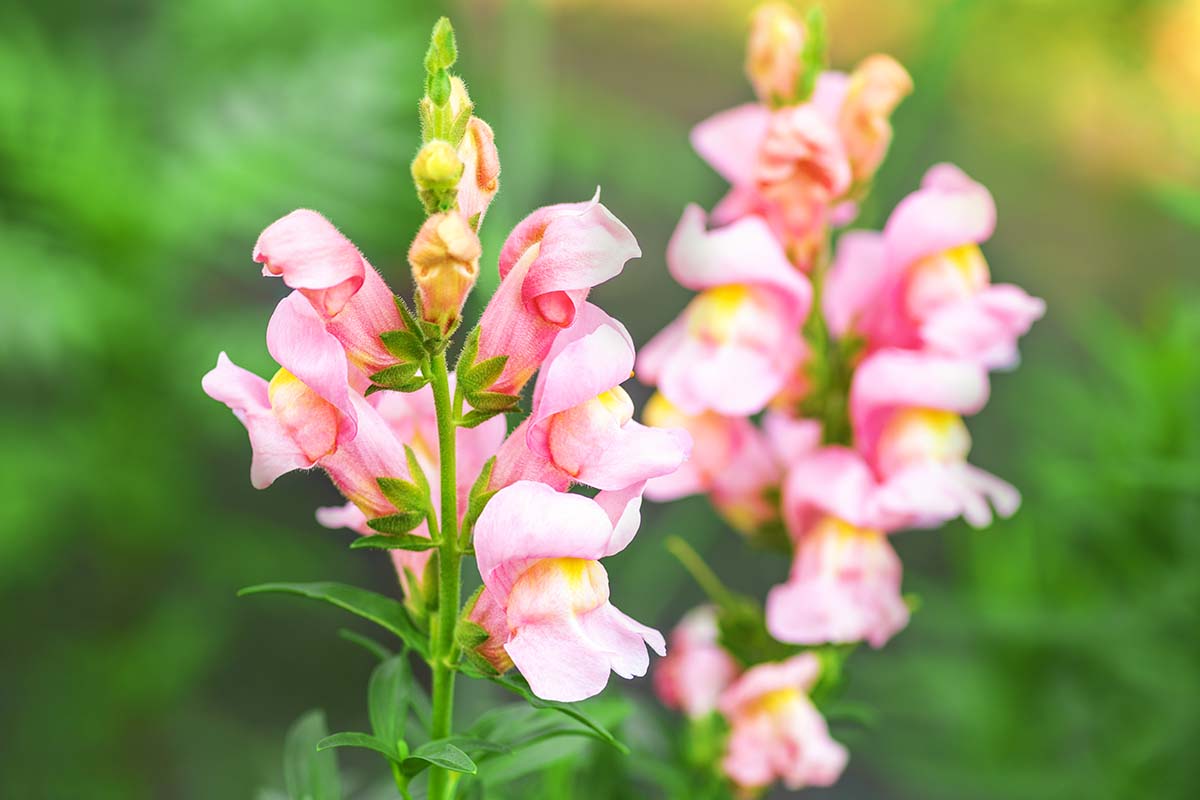
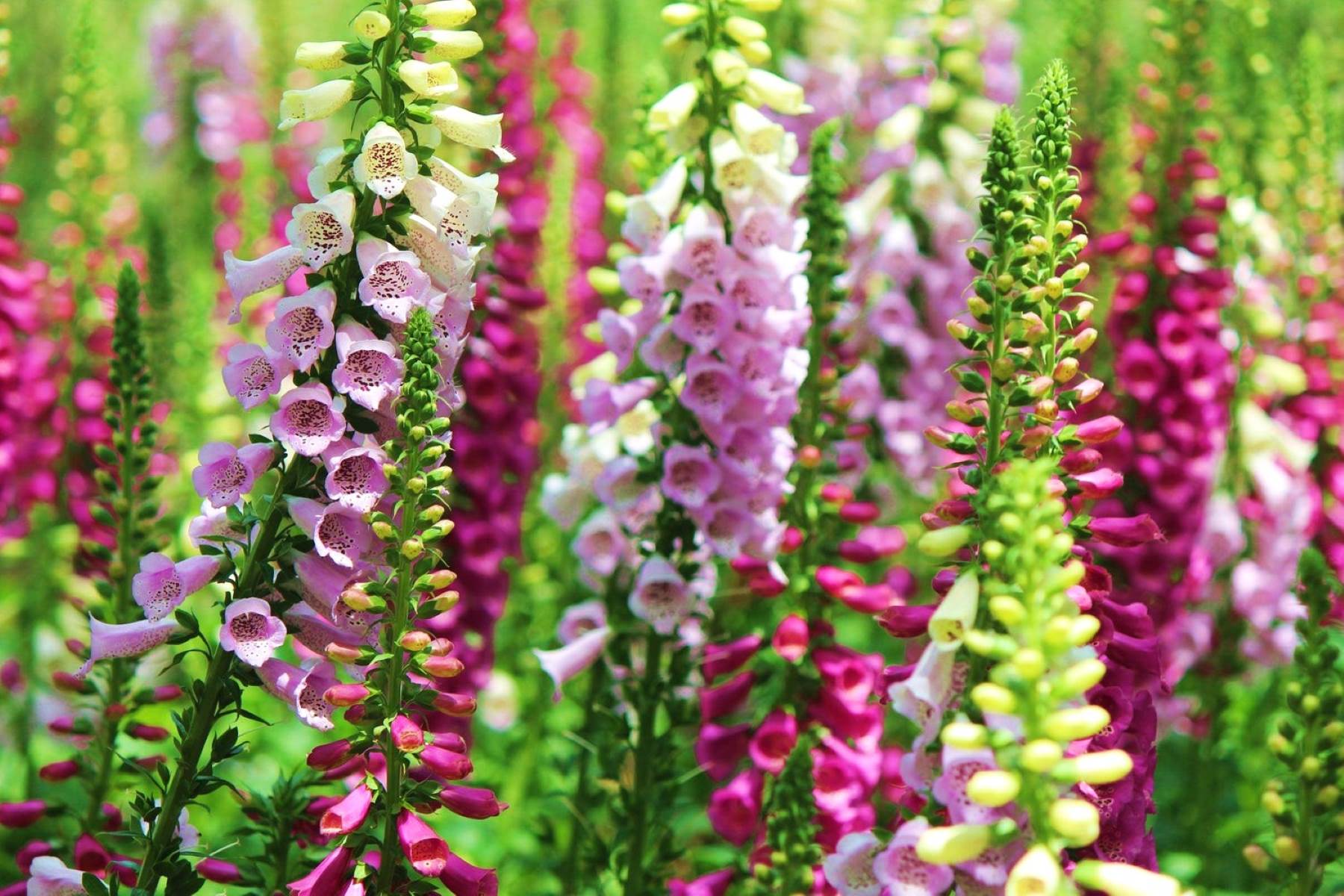
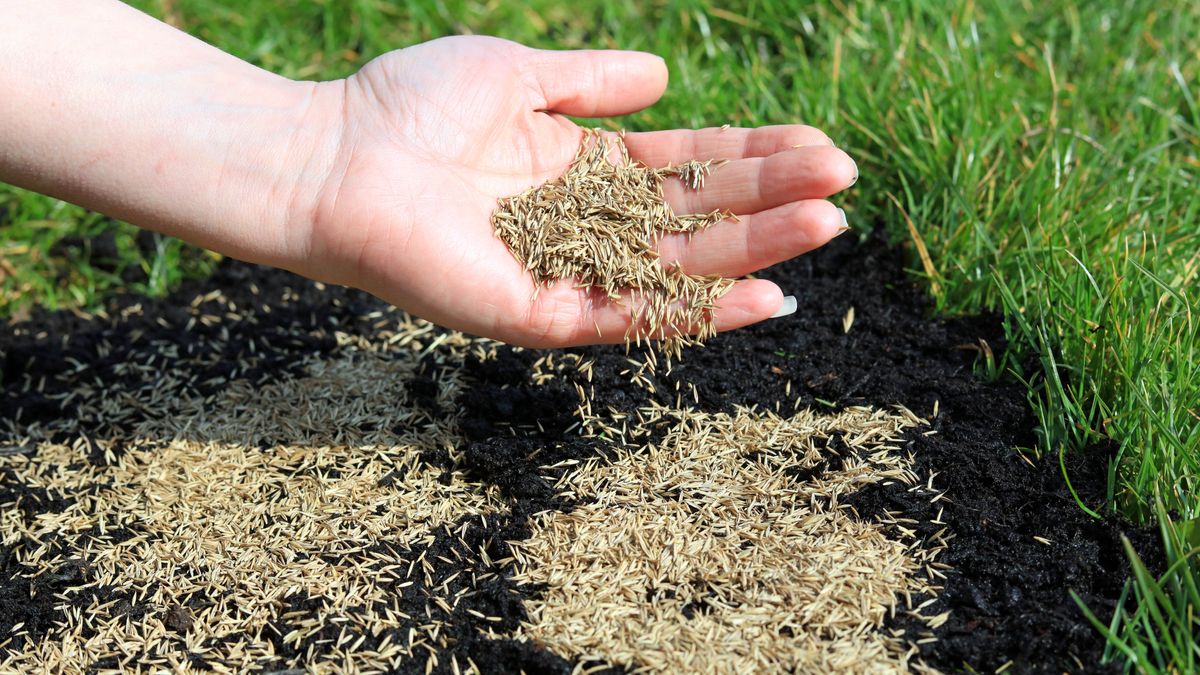
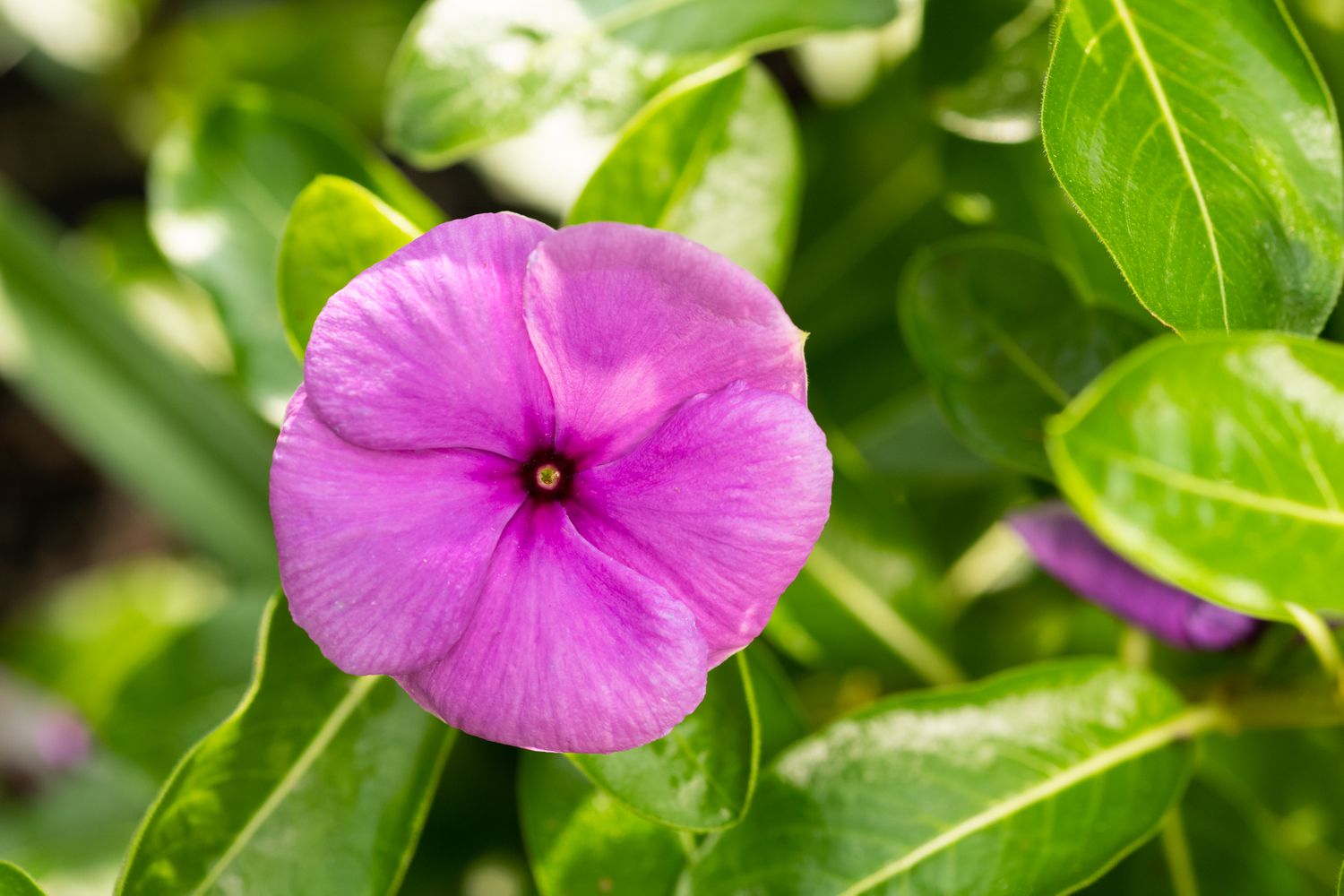

0 thoughts on “When To Plant Cosmos Seeds Outside”